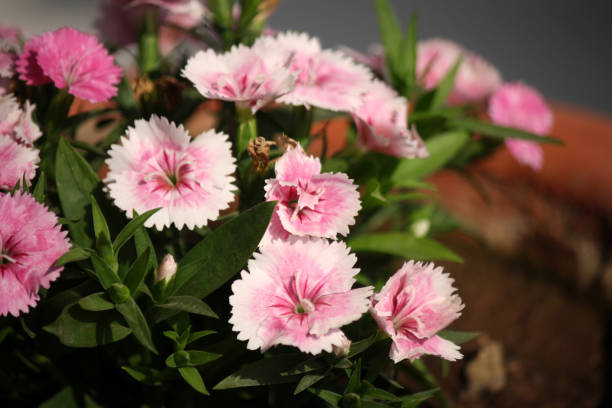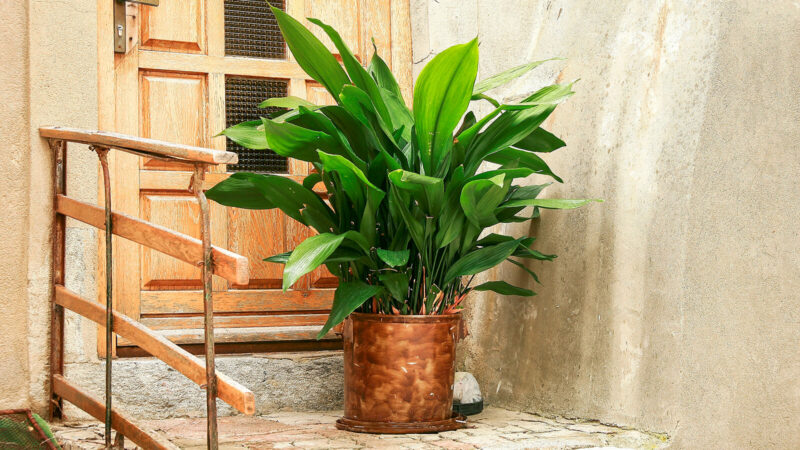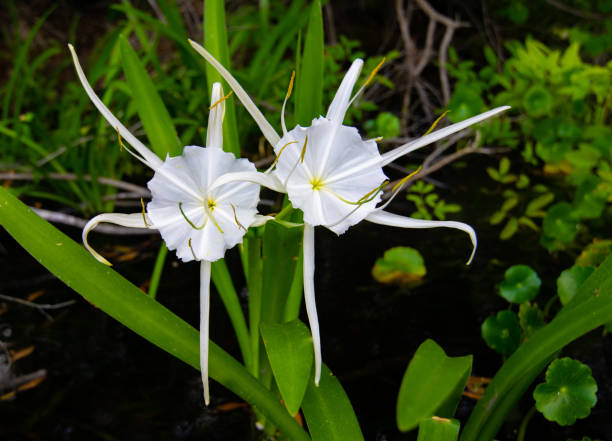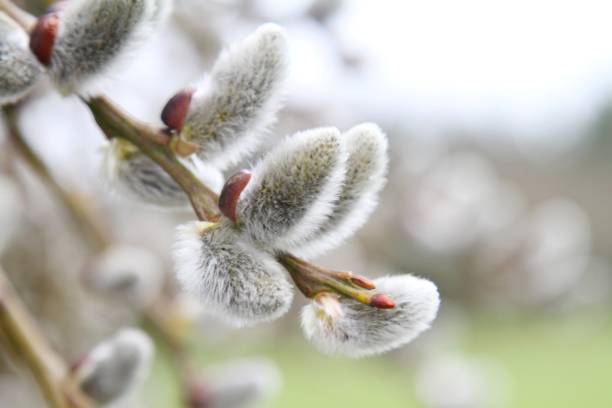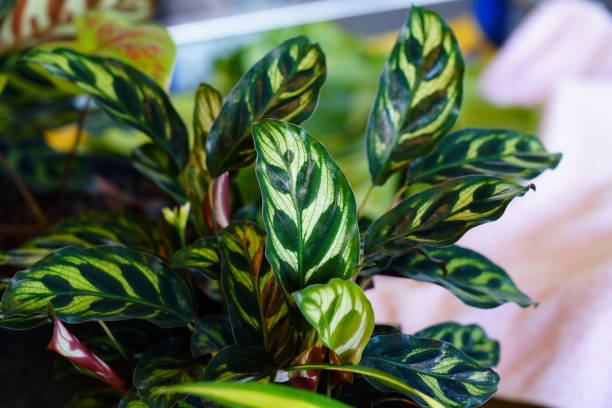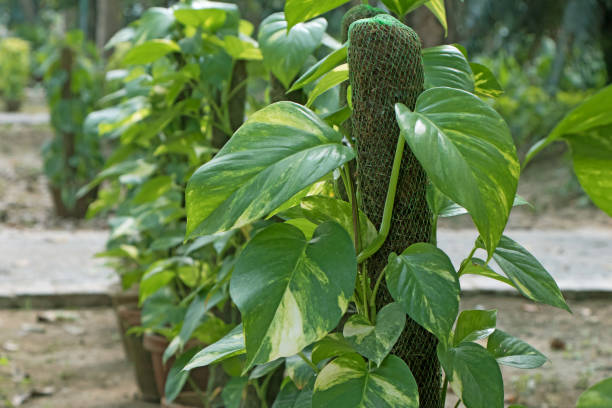How To Prune Roses: Tips For Beginners
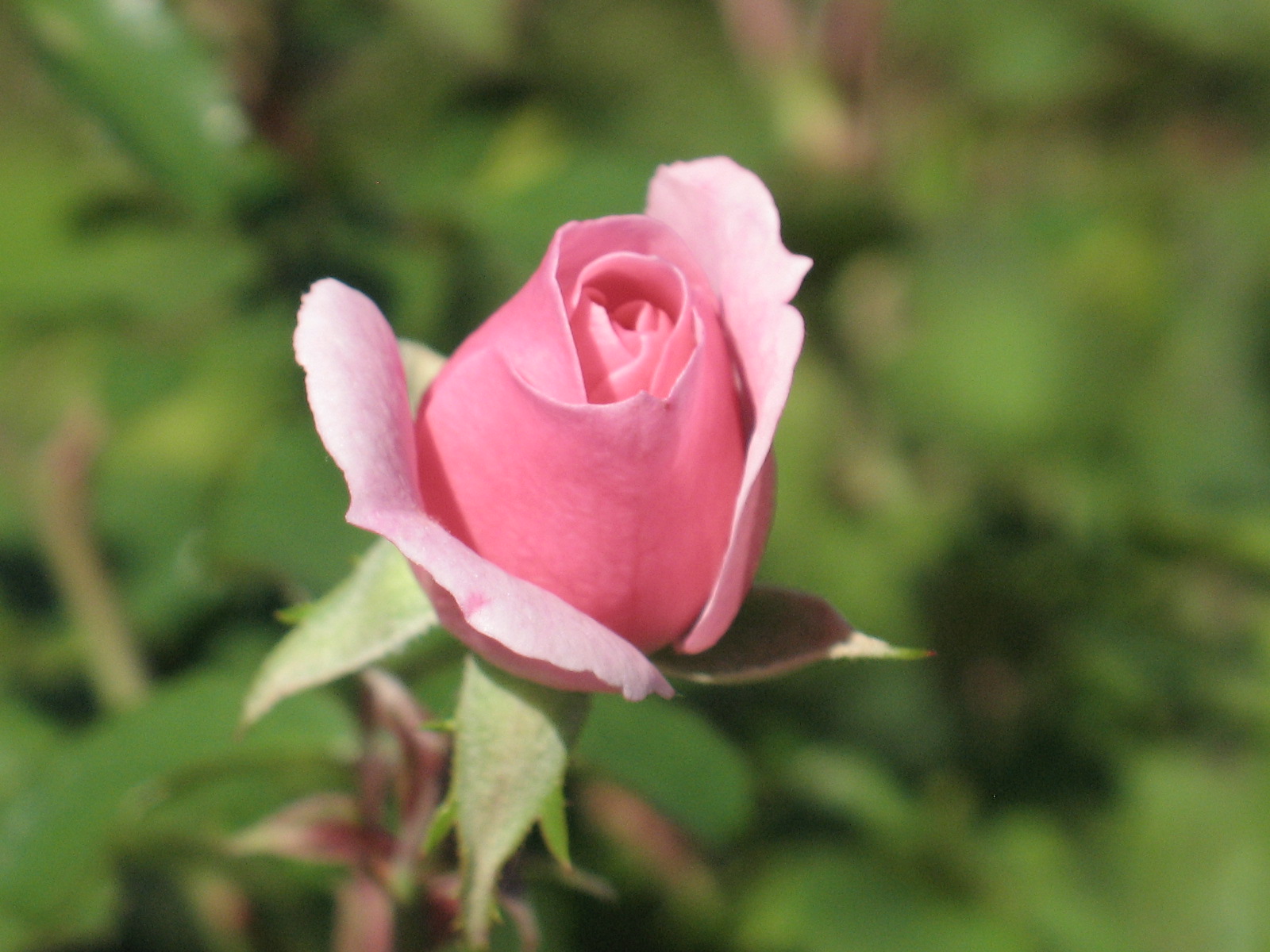
How to prune roses? Well, pruning roses can be overawing to gardeners since cutting back impressive growth appears unreasonable and can be completely painful if the plant is unruly. However, the method actually makes a vital plant, as pruning helps new growth, deadwood, removes old, helps shape the plant, and lowers fungal disease risks by opening a rose plant up to airflow.
While becoming a skillful rose pruner takes practice and time, do not let that discourage you. The experienced gardeners accept that it is very hard to destroy a rose bush, and most errors will grow out fast. Moreover, it is okay to make errors in the learning stage than to let your roses grow wild, creating a huge mess in the garden down the street. Before going for pruning roses, make sure you have thick gardening gloves, jeans or canvas pants, and canvas jacket, or a long-sleeved shirt.
When To Prune Roses
Timing your pruning is defined by the class of a rose plant and the hardiness place in which it grows. Commonly speaking, most pruning roses is done in the spring season before blooms begin to show. See the leaf buds on the rose plant. When it starts to grow and take on a reddish hue or pink, then it is time to cut. Timing it right is crucial, as it is best to trim the rose plant before the buds open. However, some roses are fussy about pruning time, and they prefer to be prune back before snapping dormancy.
Pruning Tools For Rose Bushes
Invest in the pair of high-quality pruning shears with the blades curved. This is one tool where cost really does make the variation. Select the best manufacturer, and purchase the best that you can afford. Some shears have a proper handgrip made for left-handed people. For others, it has swivel grips, which are easier on the wrists, and there are many models with removable blades.
Next, you will need the pruning saw to remove the large woody canes. It will give you the clean cut without damaging the bud. Now the third tool you need is the pair of cutting shears. Loppers are pruners with long handles. It will give you the support for the thicker canes. Finally, purchase a strong pair of hand gloves or leather gauntlet gloves that are cut-proof.
Why Prune Roses?
Pruning overawing some gardeners. However, learning how to prune rose bushes is not a difficult job. When you know the purposes for making the cuts, pruning becomes less intimidating. So here are the reasons to prune.
- Health: The damaged or dead canes of any rose must be cut back to greenwood in early spring or late winter or before the plant continues growth. Cut the diseased stems when you see them. Increase air circulation by cutting canes that grow into the middle of the rose plant.
- Appearance: Modern bushy roses need to maintain their small, open form. Heirloom roses need limited pruning because their soft, twiggy appearance is part of their beauty. By fall season, small roses have grown leggy and tall. Cutting or deadheading off spent flowers helps plants to rebloom.
- Control: Some roses spread with wild abandon. Trimming rose bushes remove dead and diseased stems and stem decrease the overall size of the rose plant. Keep them within bounds by cutting their tips or entire stem anytime. Colder evenings create ill-formed, yellow foliage and mottled blooms, which usually start to fall off. Rosehips that can prevent the next growing cycle might result if spent blooms are not removed.
Rose Pruning Principles
- Always cut dead wood back to healthy tissue. You will notice the active tissue by the white pith core and green bark.
- After you do each cut, wrap it with a drop of white glue to make sure of a fast recovery, as well as give protection against cane borers.
- Trim to make sure the middle of the bush is open for the best air circulation.
- Cut all growth on the main stem that cannot provide a fairly thick stem on its own.
- If suckers— increases from the root structure which grow from under the bud union—are present, trim them as close to the main root stem as possible.
- Prune old woody canes; cut them off as close to the bud connection as you can get.
How To Prune Roses
- Make the pruning cuts at the 45-degree angle, about 1/4 inch above the leaf axle with the dormant eye.
- Pick an eye on the edge of the cane, slope the cut-down, and remove it on the opposite side. It will allow the excess natural sap to swell and close the cut without stopping with the developing eye. Pruning the rose bushes to the outward-facing bud also helps outward growth and opens up the plant for air circulation. It also creates more pleasing shapes, counters disease, and stops the stems from becoming the tangle. Prune it closer to the eye than 1/4 inch might damage it. Trim higher than that will leave the visible straw—a haven for both disease and pests.
- If the rose bush has leaves present, the section for your cut is simple to spot. Where there are no leaves to lead you, find the inactive eye by locating where the leaves were once attached.
- Use the same cutting technique when pruning stems for show and when cutting spent blossoms. For the rose bush care, remember to sharpen the pruning tools regularly.
- Clean metal surfaces after each use with the soft and little oiled rag to prevent rust. Also, store the tools in a dry area.
Final Words
So know you understand how to prune roses. Roses have the reputation of being tough to grow as long as you prune them and care correctly. Pruning is the essential element of rose plant care, and the life span increase of this plant. Also, it is the best idea to visit the public rose garden and find specimens of roses that you are growing for more knowledge.
Moreover, if you like Carolina rose, then check out how to grow Carolin rose. If you find this information useful, drop a comment below this section.

